Frankfurt is known as Germany’s most international city—a global hub for commerce, culture, education, and tourism. On my recent trip there it was evident that the country’s financial capital is indeed a world-class metropolis capable of preserving its historical roots and bridging the transition from old world to new.
Besides its distinctive apple wine and banking, Frankfurt am Main is renowned for its massive book and electronics trade fairs. The city is also the birthplace of Goethe, the writer, poet, and statesman and one of Germany’s most famous sons.
With the third-largest airport after London’s Heathrow and Paris’s Charles de Gaulle, a high-speed train network, and of course the autobahn, Frankfurt is easy to zip in an out of. The River Main meanders gracefully through the heart of the city, with bridges for access to and from the other side.
Frankfurt lies in the state of Hessen, where ancient Romans had a military camp which later became a buffer zone between areas dominated by the Saxons and the Franks. The city also happens to be smack in the middle of the Rheingau, Germany’s largest wine-growing region, whose forests cover 42 percent of the province.
The Rheingau is rich in history dating from the 7th century, as well as breathtaking scenery. And it’s all easily accessible by train or car.

Grandhotel Hessischer Hof
Even with Frankfurt’s recent hotel boom, no hotel in the city can claim a closer connection to the history of Hessen than the elegant Grandhotel Hessischer Hof. This privately owned luxury hotel is a tribute to the House of Hesse. Formerly the Prince of Hessen’s city residence, the buildings were transformed into a hotel in 1952.
The Heissischer Hof is ideally situated across from the trade fair buildings and near the city’s main shopping street, the gorgeous Palmengarten botanical garden, and the train station. Several connecting buildings comprise the hotel, meaning I got lost a few times, which I enjoyed, in part because it gave me a chance to admire the owner’s 1,500 historical decorative arts on display all over.
There’s a new rooftop spa/fitness centre where you can relax after your spa treatment or work out at the juice bar while enjoying a fantastic view of the city. The hotel even has an antiques curator on call if you want a history lesson along with your stay.
The beautiful main dining room, called Sèvres, is named after a gift of the famous porcelain from the tsarist era. An exclusive exhibition of Sèvres porcelain from one of the most important European producers, decorated by Jean-Pierre Feuillet, the most renowned porcelain painter of his time, competes with the cuisine and service for an unforgettable evening.

Around Town
After we got a feel for Hessen’s history at the hotel, it was time to hit the sidewalks and explore the surrounding area. Frankfurt has a small-town feel to it with walkable destinations, including the lively pedestrian zone, Goethestrasse. Here, shops and restaurants highlight the local flavour and customs of the region. Yes, treats like pretzels, pickled herring, sour milk cheese, and apple wine cider served in stoneware jugs and drunk from a special ribbed glass, are all available.
One particularly interesting boutique is Friedrich on Goethestrasse 9. Friedrich is Frankfurt’s premier high-end jewelry emporium and sells outstanding rare, vintage, and modern jewelry pieces in an updated, mid-century décor.
For art and culture lovers, museums are plentiful and range from the Historical Museum (opened in 1878) and the German Film Museum to the Goethe Museum and the Jewish Museum. Most of the city’s museums are conveniently located along the river embankment.
A must-see is the stately Bolongaro Palace, built by two Italian brothers in the late 1700s, and its beautiful gardens that open out directly onto the River Main.

Wine Country
After a morning of baubles and culture, we decided to take a side trip by car to visit the surrounding vineyards of the Rheingau. Along the way we stopped into the Kloster Eberbach, a 13th-century monastery that’s been fully restored and turned into a museum, a vineyard, an event space, and a hotel.
Not far from there is the Prince von Hessen winery, which produces a world-renowned Riesling white wine and also a sparkling wine (called Sekt in German). It is owned by the Prince of Hessen, who is a relative of the Queen of England.
A few kilometers away, past rolling hills rich with grapes ready for harvest, is the sparkling wine producer, Fürst von Metternich, with its sprawling castle. The Austrian Emperor conferred the estate upon Clemens Wenzel Fürst von Metternich in 1816 in recognition of his service in achieving European peace. Since 1930, Fürst von Metternich has produced Germany’s most popular premium Sekt.
From the modern stock exchange to the renovated Alter Oper (opera house)—which also houses a rooftop café—Frankfurt manages to marry traditional and contemporary architecture with its impeccably restored historic buildings. Look beyond the trade fairs and you'll see a shining jewel of a city filled with cultural, historical, and gastronomic diversions.







Isabelle Kellogg is a writer and public relations consultant in the luxury sector, with a passion for diamonds, jewelry, watches, and other luxury products, including travel.

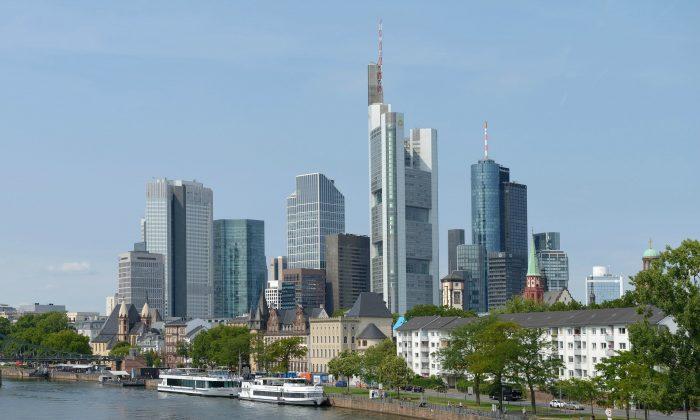
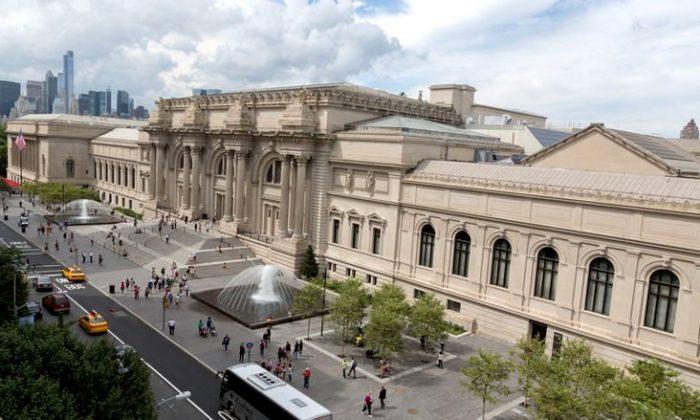
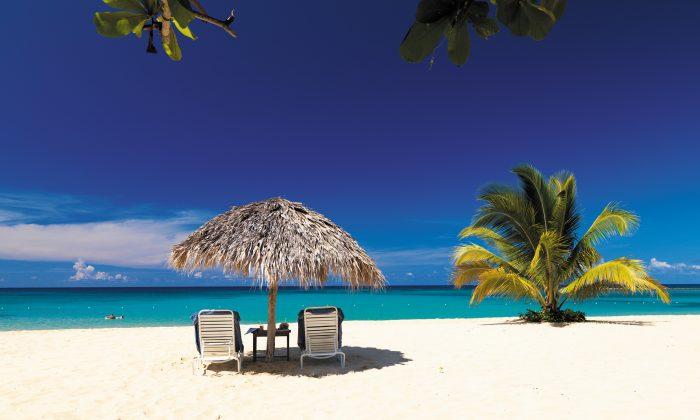
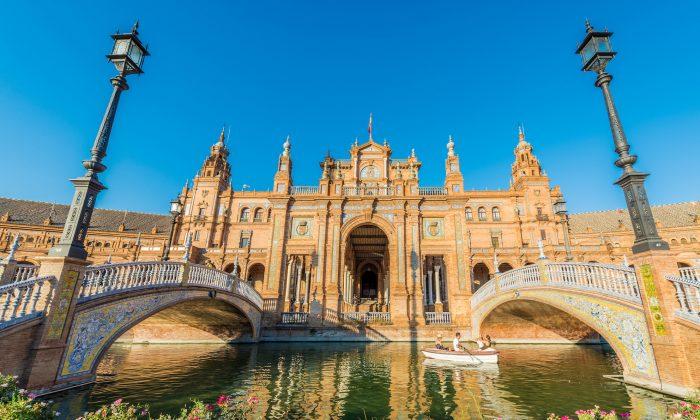
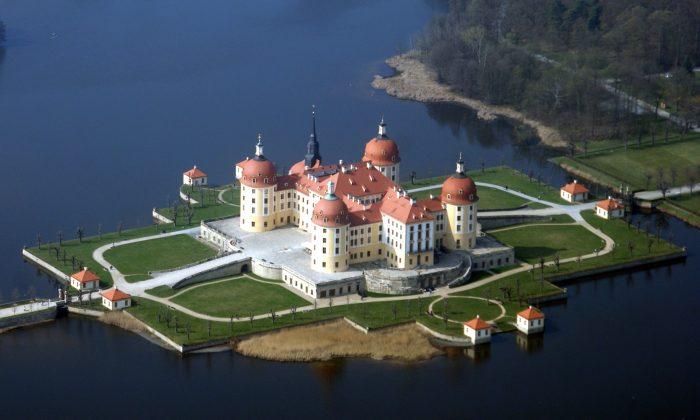
Friends Read Free